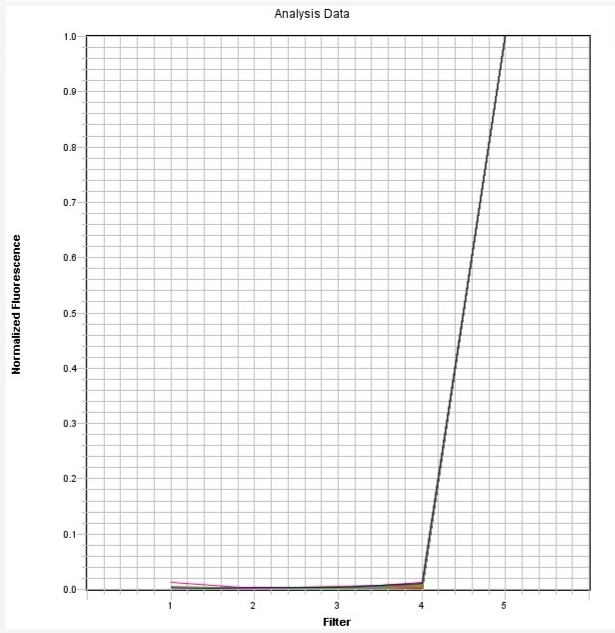A Cy5 dye qPCR calibration plate is a type of plate used in quantitative PCR (polymerase chain reaction) experiments. It is designed to calibrate the real-time PCR instrument, which measures the fluorescence signal emitted by the Cy5 dye during the PCR reaction. The Cy5 dye qPCR calibration plate contains a set of pre-determined concentrations of a DNA template that serves as a reference for the quantification of unknown samples. The plate is loaded into the PCR instrument along with the unknown samples, and the instrument measures the fluorescence signal from each well during the PCR amplification process. By comparing the fluorescence signal of the unknown samples to the known concentrations in the calibration plate, researchers can determine the amount of DNA present in the unknown samples. This information can be used to quantify gene expression levels, detect the presence of pathogens, or perform other types of molecular analysis.


| Catalog | Size | Price | Quantity |
|---|---|---|---|
| 67016 | 1 Plate | Price |
| Correction factor (260 nm) | 0.02 |
| Correction factor (280 nm) | 0.03 |
| Correction factor (482 nm) | 0.009 |
| Correction factor (565 nm) | 0.09 |
| Extinction coefficient (cm -1 M -1) | 250000 1 |
| Excitation (nm) | 651 |
| Emission (nm) | 670 |
| Quantum yield | 0.27 1 , 0.42 |
| H-phrase | H303, H313, H333 |
| Hazard symbol | XN |
| Intended use | Research Use Only (RUO) |
| R-phrase | R20, R21, R22 |
| Storage | Freeze (< -15 °C); Minimize light exposure |
| Telephone | |
| Fax | |
| sales@aatbio.com | |
| International | See distributors |
| Bulk request | Inquire |
| Custom size | Inquire |
| Technical Support | Contact us |
| Request quotation | Request |
| Purchase order | Send to sales@aatbio.com |
| Shipping | Standard overnight for United States, inquire for international |

